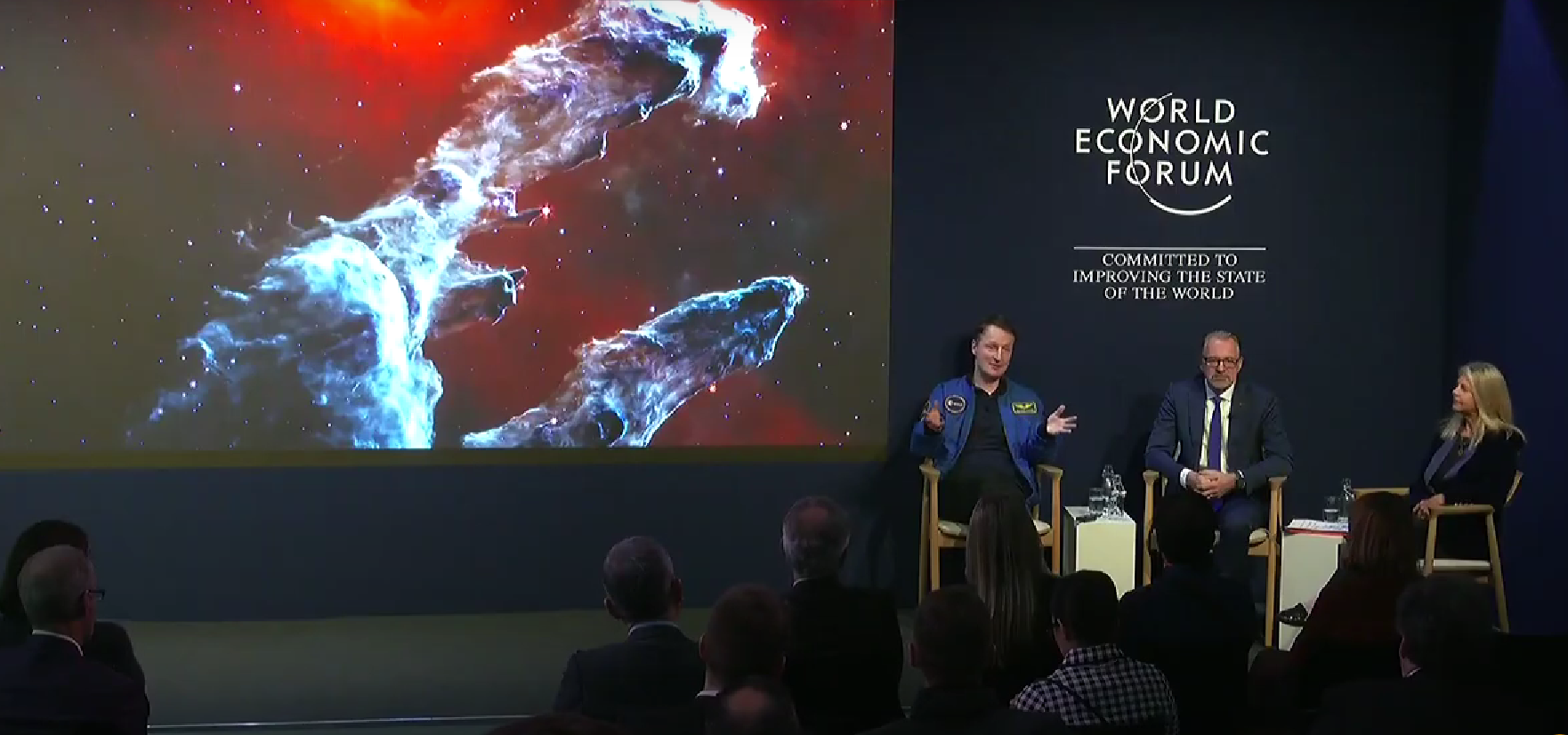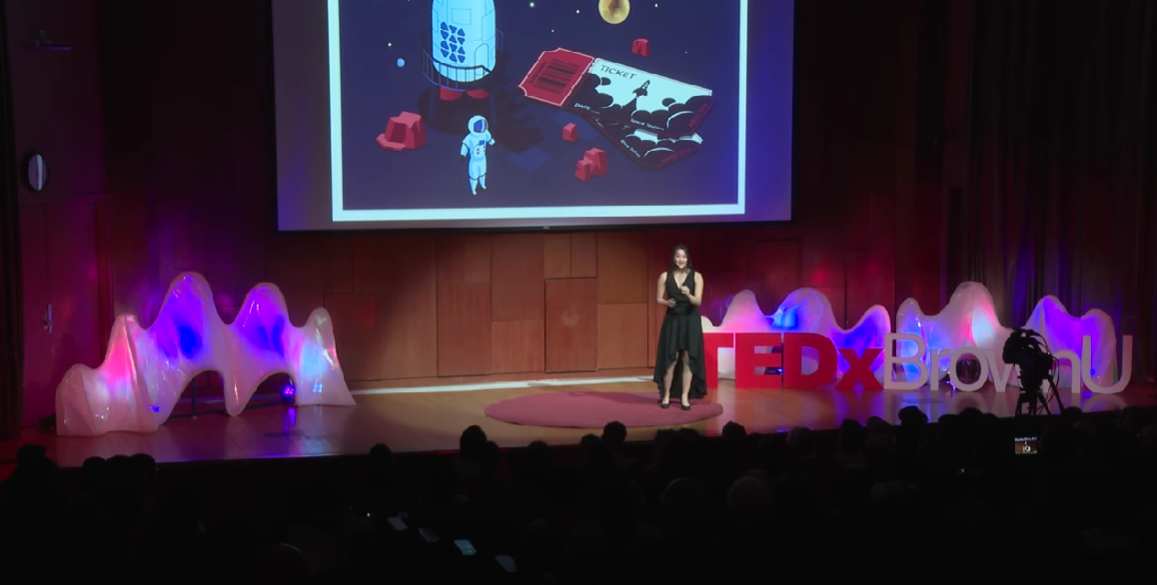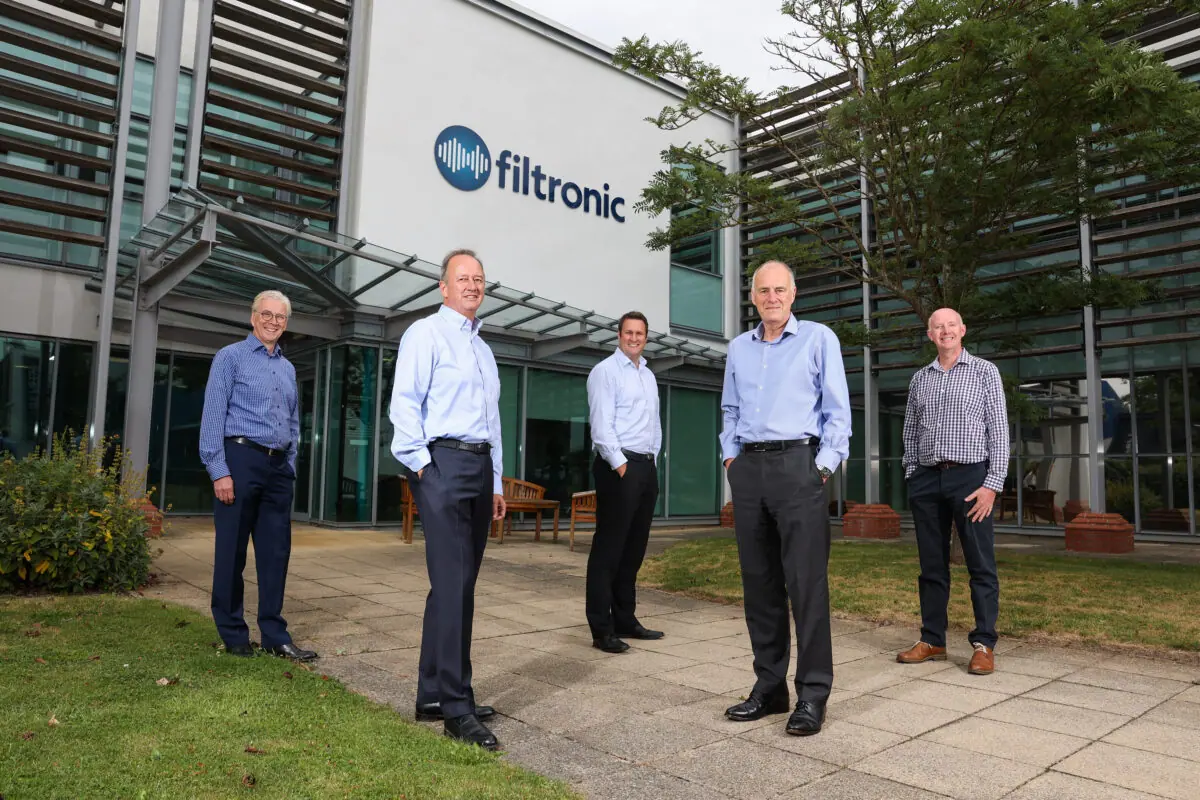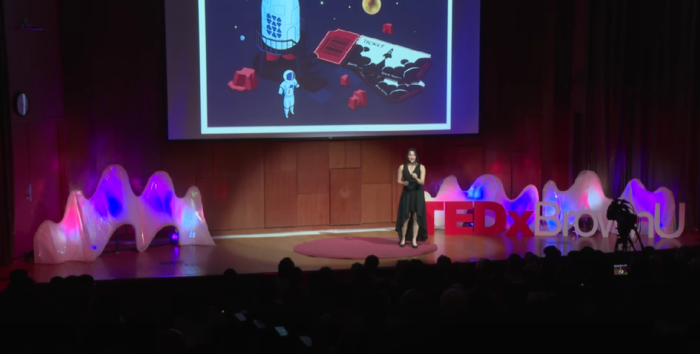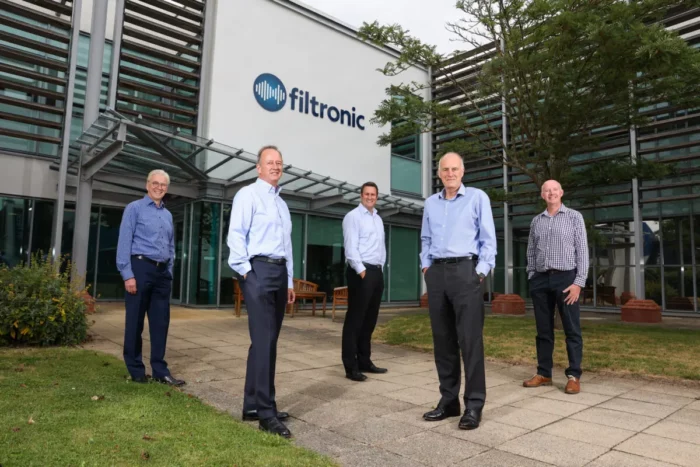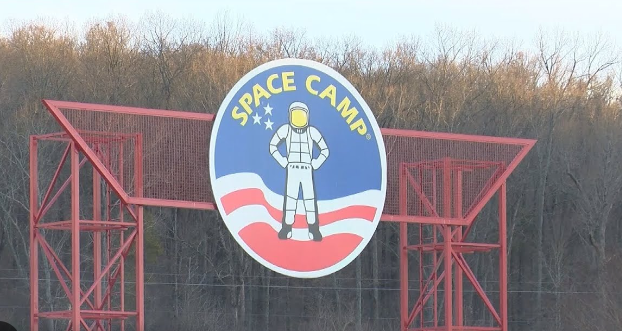Held in Davos, Switzerland from 16–20th January this year, the World Economic Forum (WEF) is an international non-governmental and lobbying organization based in Cologny, a municipality in the canton of Geneva, Switzerland. Founded in 1971, it is most famous for its flagship event, an invitation-only annual meeting bringing together CEOs from 1,000 member companies, along with politicians, representatives from academia, NGOs (non-profit organizations), religious leaders, and the media.
In 2023, there was a packed program as usual. For Space Impulse, the most interesting part was certainly Space Exploration is Back, which included speakers Dava Newman, Director at MIT’s Media Laboratory, Director-General of the European Space Agency (ESA), Josef Aschbacher and Matthias Maurer, an ESA astronaut.
Highlighting new discoveries in the solar system and the public-private partnerships needed to get us there, at the end of the panel the Q&A session brought up some interesting topics.
Shorter Travel Time to Mars
“I mean, this is a big question which isn’t on the mind of major space agencies,” said Aschbacher to open proceedings from the question as to whether there is any possibility to shorten the travel time to Mars. “I know that NASA is doing a lot of research in this direction as well. It does take six to eight months to go there — this is the reality and you can imagine for astronauts like Matthias and his colleagues, to be six to eight months confined in a space capsule to go there and then stay there for a while and again, six to eight months back, is a long mission and also dangerous, if I may say so.”
Aschbacher wants to reduce that of course, but he made it clear there is no proven technology on the table.
“To shorten this time significantly,” he went on, “nuclear propulsion is one of the sources that might do the trick. But there are a number of questions attached to it. So yes, we’re committed but not yet ready.”
Dava Newman was optimistic, though.
“But hopefully in the next decade because we’d love to shorten it to half. Wouldn’t it be fantastic if we could go in three to four months? And so, NASA and the former NASA Deputy Administrator in the Obama administration was putting in research and development so that in the next decade when we get to Mars with humanity in the 2030s, then maybe that’s a possibility,” she said.
One major concern with space flight is human health, especially for long journeys to the Red planet and beyond.
Worries for Human Health
Kimberly Washington, Executive Vice President of Deep Space Biology and Founder of Space4Girls, asked a terrific question as to what ESA was doing to accelerate the protection of human health, radiation exposure and all of the other factors in space and what types of technologies were the agency integrating to scale.
Having experience in space, ESA astronaut Matthias Maurer was the most qualified to answer her question.
“Yes, so like on the ISS we get approximately a daily dose of one millisievert. On the Moon, it will be roughly six times higher, so like a six-month mission to the ISS is roughly equivalent to one month’s mission to the moon,” he said. “Flying to Mars and staying two to three years on the road — or in space, I should say — would exceed the limits that we currently allow for our astronauts. So there is definitely this need to improve the shielding and the protection against radiation.”
Maurer added that one classical way to combat this is to put a lot of lead in the walls of the spacecraft a metre or two thick around the astronauts to protect them but then the spacecraft would never fly.
His proposal, however, came in the form of smarter materials. He handed the floor to Newman.
“Research and development [editor’s note: is important] for radiation protection for deep space missions, for the moon and Mars, because we have to protect the astronauts from the radiation and cosmic galactic rays, as well as the solar particles,” said the Director at MIT’s Media Laboratory. “But there is a promising new technology, polyethylene, some carbon fibre, so we’re looking at new materials and development to help protect astronauts as well as our electronics and the spacecraft so we’ll be able to test those out on the moon, hopefully.”
Newman then brought up the subject of muscle and bone.
“The International Space Station is an incredible laboratory. Matthias is exercising a couple of hours a day as you go through about 30% muscle atrophy but that’s okay because you can exercise and then come back to Earth,” she said, before saying with bone loss, astronauts might lose one to two percent bone mineral density per month. “It’s an accelerated process,” Newman continued, “you might lose one percent bone mineral density, but when you’re fifty or sixty years old on the space station, you know, it’s a 10 times factor, but we have countermeasures.”
She also noted that astronauts living in space have to think about osteoporosis, so keeping the astronauts healthy is a priority.
Kidney Stones?
Keeping to the topic of astronaut health, Maurer added that bone degradation can lead to the formation of kidney stones.
“Kidney stones are an absolute killer for spaceflight missions. When we have a kidney stone patient in space, it would bring back the entire crew. Can you imagine you are flying to Mars, you wouldn’t bring somebody back — how would you treat a kidney stone on a mission to Mars? You see, there is a lot to learn,” said Maurer.
Featured image: Screenshot from ‘Space Exploration is Back‘
If you found this article to be informative, you can explore more current space news, exclusives, interviews and podcasts here.
Share this article:
